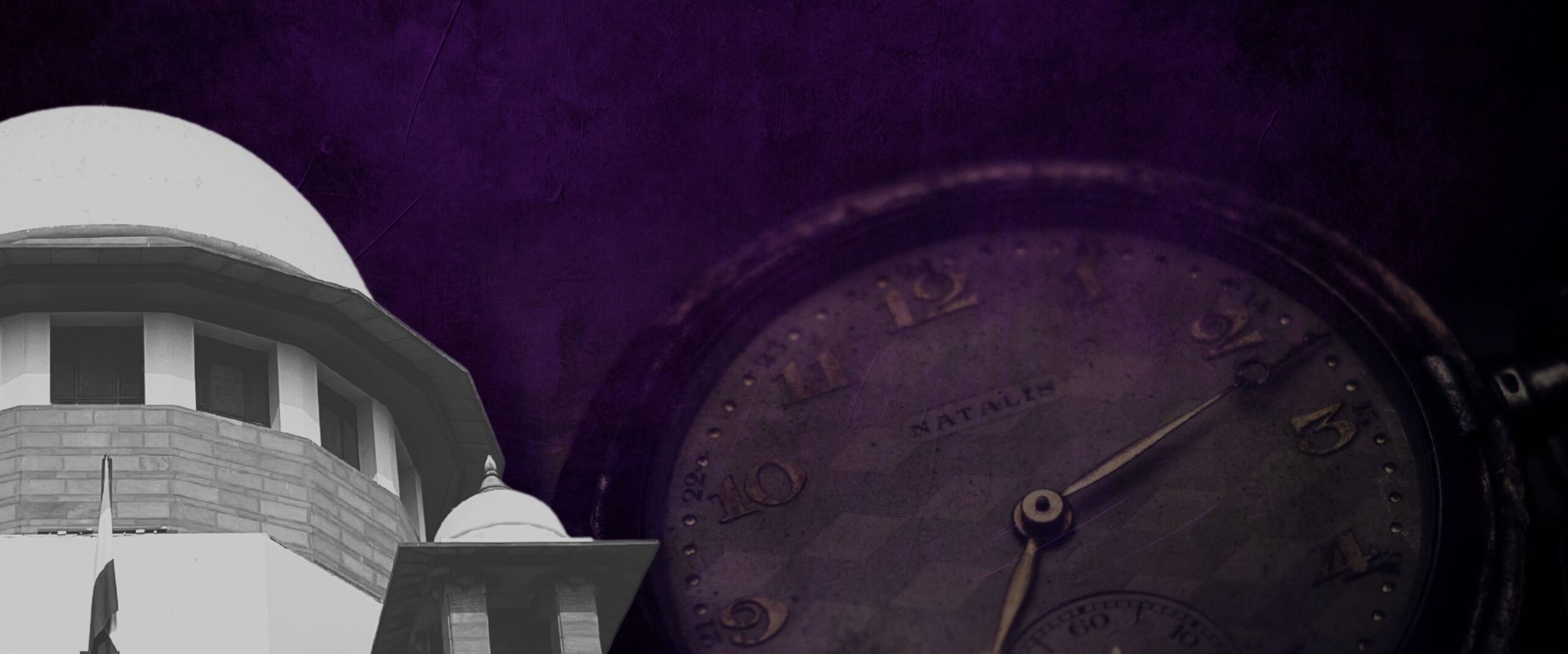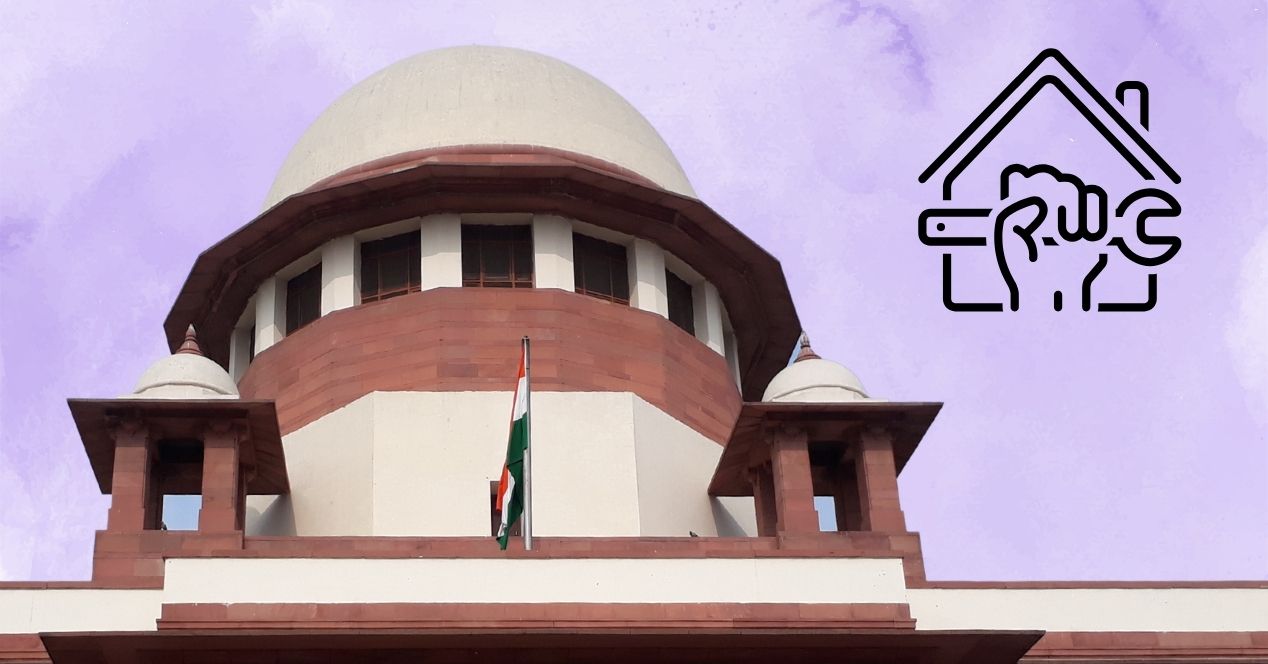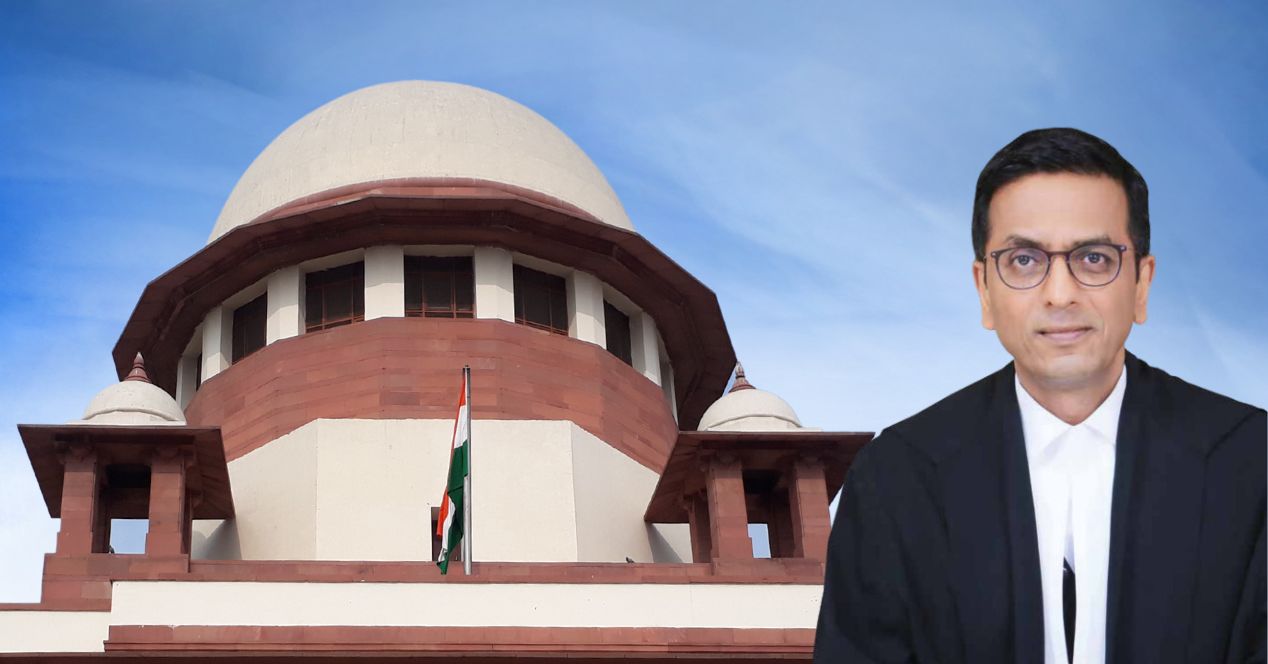Analysis
Reasoning against the clock
Holding account of the pace of constituting Constitution Benches

When I came to the Supreme Court Observer, in July 2023, my colleagues were asking: Where are the Seven and Nine Judge Constitution Benches?
From 2022, the top Court, over the tenures of CJI U.U. Lalit and CJI D.Y. Chandrachud became more than an appellate Court. They were finally hearing five-judge bench cases concerning substantial questions of law. But the bigger Constitution benches were yet to assemble—hence our question in July.
The Court answered. In October the Court heard arguments on whether MLAs who took bribes to vote in Parliament and legislative assemblies enjoyed immunity under Article 105(2). This was the first time a seven-judge bench had assembled since 2017. By the time the judgement in the case was delivered in early March, the Court had already heard three more seven-Judge cases. It had also begun hearing its first nine-judge bench case since 2017. It had also begun hearing its first nine-judge bench case since 2017. In the same month as the MLA Bribery case hearings, another seven-judge bench heard two days of arguments on the validity of unstamped arbitration agreements—a case with great impact on virtually all commercial contracts and dispute resolution clauses.
In January 2024, the Court heard eight days of arguments on whether the Aligarh Muslim University continued to enjoy its minority status under Article 30. Here, the Court will determine whether the Muslim community can continue to administer this historical institution. A crucial question on affirmative action and state governments’ power to identify groups within SC/ST groups for reservation was heard over three days in February.
By the end of February, hearings had begun in the nine-judge bench case on the Union government’s power to collect taxes on mines and minerals. At the heart of the case is a long-brewing turf war between Union and state governments over revenue and taxing powers.
We’ve written to you before about how many of these are matters of big money. This week a new nine-judge bench case began, with the Union and state governments battling for the power to regulate and tax industrial alcohol. Soon after the hearings complete, another bench of nine judges is scheduled to decide whether private property can be acquired by the Union in service of “the common good”.
Our schedule at the Supreme Court Observer, closely follows that of the Court. So for us, a Court that is moving full steam ahead in clearing its pending Constitution Bench cases is exciting news, and signals to us that our summer will likely be a busy one.
As of now, 35 five-judge cases, eight seven-judge cases and seven nine-judge cases remain pending before the Court, adding up to a total of 50 Constitution Bench cases. Clearing these will help the 463 connected matters to finally see a conclusion. The clarification on the substantial questions of law in these cases will also have a ripple effect on the related cases down the hierarchy of Courts.
If the CJI wills this through—some or more, definitely not all—it would truly be a remarkable achievement for his court.
Note: Our founder-editor introduced this tradition at the Supreme Court Observer to essentially do some stock taking of the Supreme Court’s performance. Our website is replete with this—we look at data from the Court to track the pendency rates at the Court and review its monthly performance. We take stock of all the work that a Supreme Court judge did up until his retirement, to map out a performance graph. And then there are our comprehensive year-end reviews.
We also do a session review—where though the Supreme Court does not break its year into sessions, we do—analysing each quarter of the year. Look out for it next week.
In our earlier newsletter on this we had incorrectly stated the last time a seven-judge bench sat as 2019. It was in 2017 in Justice Karnan’s case. SCO regrets the error.
This article was first featured in SCO’s Weekly newsletter. Sign up now!




